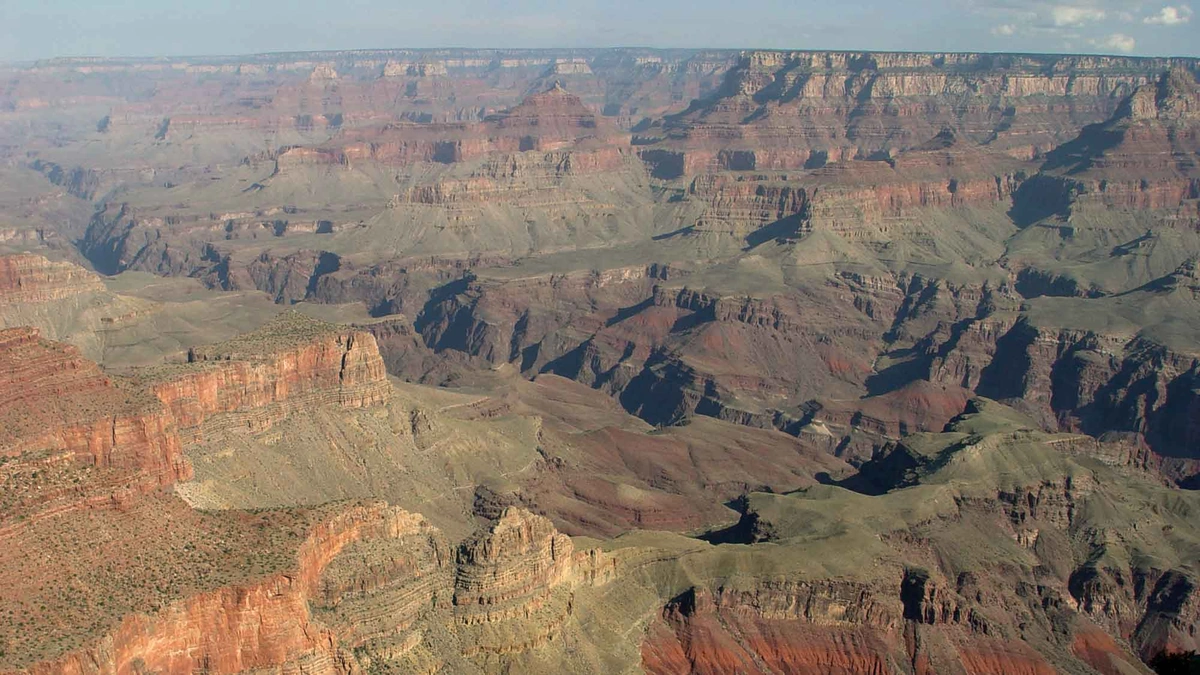Let’s be honest: when most people think of vacation destinations, canyons don’t usually top the list. Beaches? Sure. Bustling cities? Absolutely. But canyons? They often get relegated to the background of postcards, impressive but somehow distant. But here’s the thing: a canyonisn’t just a big hole in the ground. It’s a story etched in stone, a testament to time, and, frankly, one of the most awe-inspiring places you can visit. So, ditch the predictable and let’s dive into the heart of these geological marvels.
The Allure of the Canyon | More Than Just Rocks

What fascinates me is the sheer scale of a canyon. It’s not just about the depth, although that’s certainly impressive. It’s about the layers, the colors, the textures – a visual symphony composed by millennia of erosion. Think about it: each stratum represents a different era, a different climate, a different chapter in Earth’s history. Walking along the rim of the Grand Canyon , for instance, isn’t just a hike; it’s a geological pilgrimage. You’re witnessing the power of nature in its rawest form.
But the allure extends beyond the purely visual. There’s a sense of tranquility, a feeling of being dwarfed by something ancient and immense. It’s a place where you can truly disconnect from the noise of modern life and reconnect with something far greater than yourself. It is also a great place to connect with geology and its scientific study.
Canyon Adventures | Finding Your Perfect Path
Now, I know what you might be thinking: “Okay, it looks nice, but what can I actually do in a canyon?” The answer? Plenty! Whether you’re an adrenaline junkie or a leisurely sightseer, there’s a canyon adventure waiting for you. Here’s how to approach it.
First, consider your activity level. Are you up for a multi-day backpacking trip deep into the canyon’s belly? Or would you prefer a scenic drive along the rim with frequent stops at breathtaking viewpoints? Many canyons offer a range of trails, from easy strolls to challenging climbs. And if you’re feeling particularly adventurous, there’s always the option of rock climbing or canyoneering (rappelling down waterfalls – not for the faint of heart!).
Second, think about the time of year. Summer in a desert canyon can be brutally hot, while winter can bring snow and ice. Spring and fall generally offer the most pleasant weather, but be sure to check the forecast before you go. Proper hydration is a must, no matter what time of year you decide to visit the amazing canyon.
The Geology of Canyons | Unraveling the Earth’s Secrets
Here’s the thing – what truly sets canyons apart is their geological significance. They are essentially natural textbooks, offering unparalleled insights into the Earth’s history. As water carves its way through the landscape over millions of years, it exposes layer after layer of rock, each telling a different story.
What fascinates me is the way these layers reveal the processes that have shaped our planet. You can see evidence of ancient seas, volcanic eruptions, and tectonic shifts all laid bare in the canyon walls. The Colorado Plateau, for example, is famous for its vividly colored layers of sedimentary rock, each representing a different period in geological time. This is a great opportunity to explore the geological timeline.
Respecting the Canyon | Leave No Trace Principles
Let’s be honest: these natural wonders are fragile ecosystems that require our utmost respect. Before you visit any canyon, familiarize yourself with the Leave No Trace principles. This includes packing out everything you pack in, staying on marked trails, and minimizing your impact on the environment. It also means respecting wildlife and avoiding disturbing vegetation.
What fascinates me is that these guidelines not only help protect the environment, but also enhance your own experience. By slowing down, paying attention to your surroundings, and minimizing your impact, you’ll be more likely to appreciate the subtle beauty of the canyon and connect with it on a deeper level.
The Future of Canyons | Conservation and Challenges
And here’s the thing: canyons are facing increasing threats from climate change, resource extraction, and tourism. It’s more important than ever to support conservation efforts and advocate for responsible land management practices. Here are some practical ways to get involved.
First, consider donating to organizations that work to protect canyons, such as the Grand Canyon Conservancy or the Southern Utah Wilderness Alliance. Second, support businesses that prioritize sustainable tourism. And third, educate yourself and others about the importance of canyon conservation. We should be aware of the environmental impact of our decisions.
FAQ | Your Canyon Questions Answered
Frequently Asked Questions about Canyons
What’s the best time of year to visit a desert canyon?
Spring and fall generally offer the most pleasant temperatures.
What should I pack for a canyon hike?
Plenty of water, sunscreen, a hat, and sturdy hiking boots are essential.
Are there any dangerous animals in canyons?
Be aware of snakes, scorpions, and other desert creatures.
Do I need a permit to hike in a canyon?
Some canyons require permits, especially for overnight trips. Check with the local park service.
What is canyon formation?
Canyon formation occurs from erosion by a river or stream over long periods.
So, the next time you’re planning a vacation, consider venturing into the depths of a canyon. It’s an experience that will challenge your perspective, ignite your sense of wonder, and leave you with a profound appreciation for the power and beauty of the natural world. You will never be able to forget the canyon landscape.




